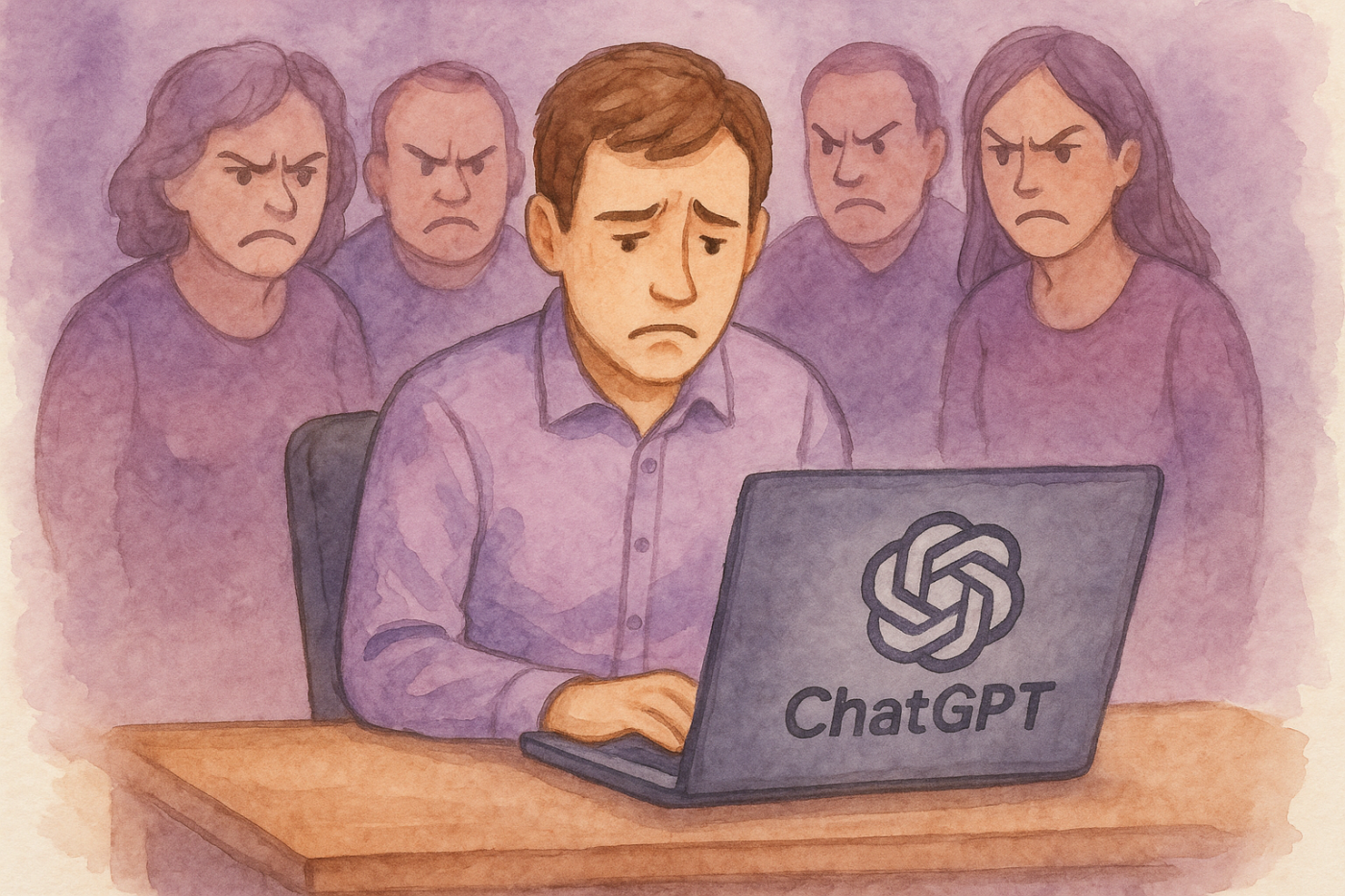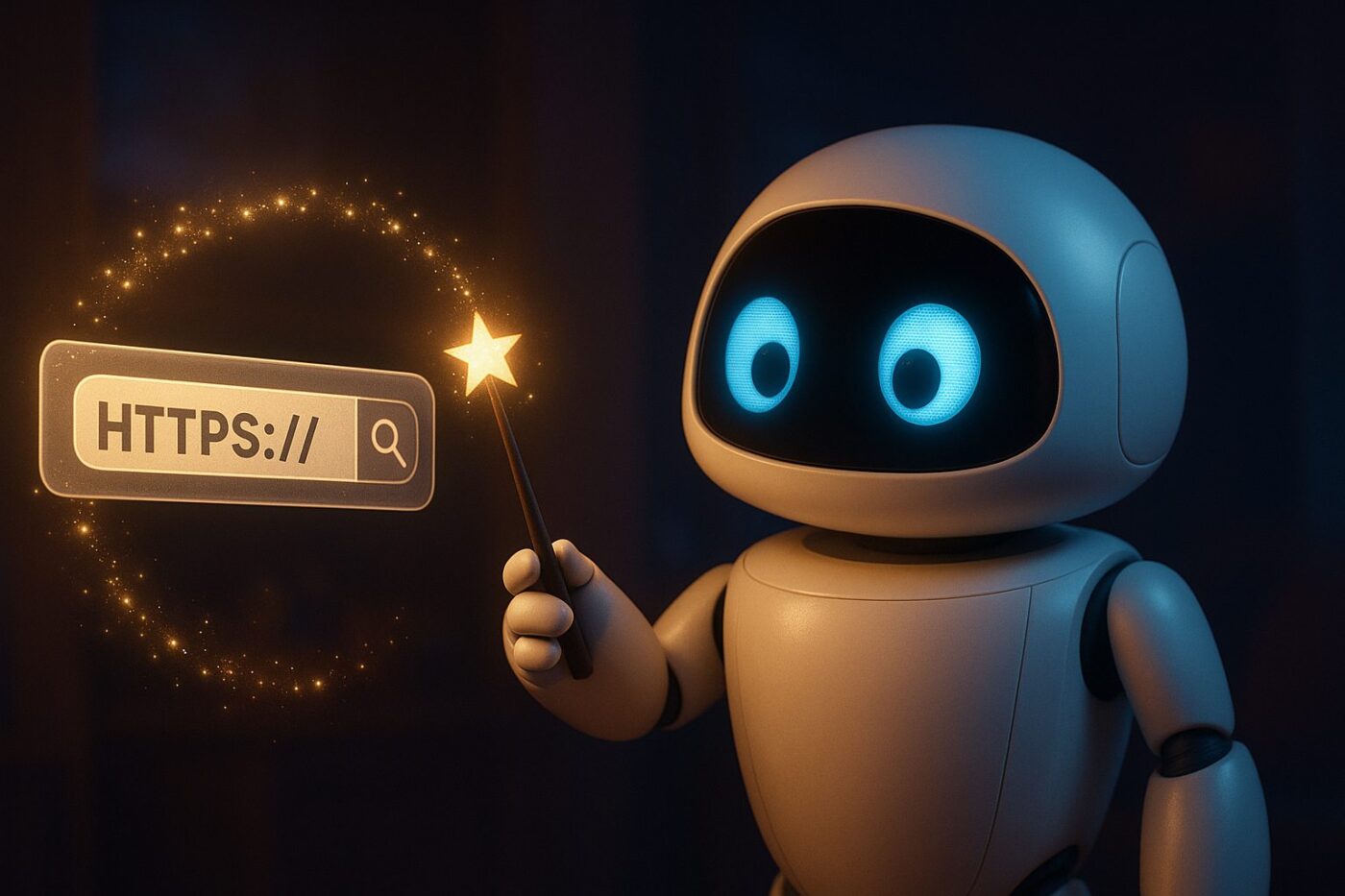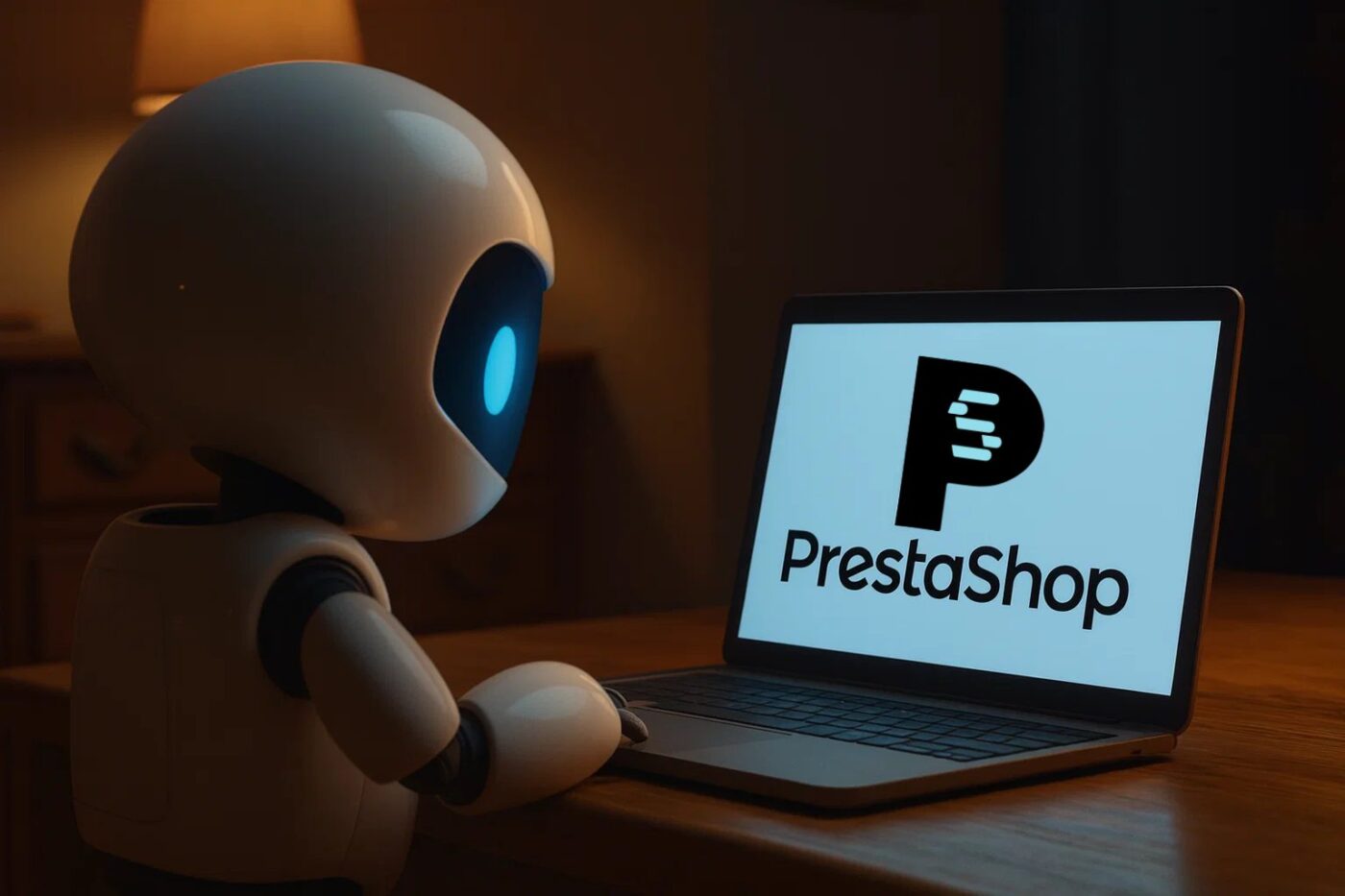Why are AI Tools like ChatGPT making mistakes?

ChatGPT and AI tools like it make many mistakes beyond just math errors, and understanding these can help explain why it sometimes produces flawed outputs in logic, history, coding, and factual accuracy.
Some of these mistakes can become dangerous, and that’s why it must not be trusted with important decision, or data.
Here is a detailed overview of the key types of mistakes ChatGPT makes:
Logical Errors Made By AI Tools
ChatGPT often struggles with basic logical reasoning and can produce flawed or inconsistent logic in its responses.
For example, it may fail to correctly interpret simple conditional statements or make incorrect logical equivalences between sentences that have different intended meanings.
This is evident in programming logic as well, where ChatGPT sometimes suggests code changes that introduce bugs or do not meet the specified requirements, such as mishandling independent conditions or simplifying logic incorrectly.
Hallucinations and Fabrications of AI Tools
One of the most significant issues is ChatGPT’s tendency to hallucinate.
Hallucination means it fabricates information confidently without basis in reality. This includes inventing fake sources, creating fictional historical events, or making up research data.
These hallucinations are especially common with niche or complex topics where the AI lacks sufficient training data or context. The problem is that ChatGPT presents these fabrications with high confidence, which can mislead users into accepting false information as true.
Errors in Historical and Factual Accuracy
AI Tools sometimes provides inaccurate or outdated historical facts or current event information.
It may misrepresent timelines, confuse figures, or fail to recognize when a prompt contains incorrect assumptions, leading it to reinforce those errors rather than correct them.
This can be problematic for users relying on it for accurate historical context or recent developments.
Mistakes in Coding and Technical Tasks
While ChatGPT is often helpful for coding, it can introduce bugs or suggest inefficient or incorrect code snippets.
It may misunderstand the problem requirements or logic, leading to solutions that don’t work as intended.
Users have reported that ChatGPT sometimes “optimizes” code in ways that break functionality or ignore edge cases, reflecting its imperfect grasp of programming logic and requirements.
Issues with Adhering to Instructions and Constraints
ChatGPT frequently fails to follow explicit instructions precisely, such as adhering to word limits, formatting rules, or specific constraints in prompts.
For example, it might generate responses that are too long or too short despite clear instructions, or it may ignore formatting requests. This reflects limitations in its ability to count or enforce strict boundaries within its generated text.
Why is this happening?
ChatGPT and AI tools like it (Large Language Models) don’t think, or know stuff.
They don’t even come up with original stuff. Everything they do remix whatever training data they have based on a prediction algorithm.
ChatGPT chooses the next word in a sentence, not based on what makes sense in that context. It chooses the next word (and character) by running a prediction algorithm to determine what would be the most probable next character for the given string.
This is not how logic works in our brains, and it is far from being the best way to write code, or do any kind of work that relies on creativity.
However, it excels at research and finding sources when used with “Deep Research” mode and “Search the Web” because it might not always give you the right data in text, but will give you the source which you can read later.
So use AI for research, not to delegate your thinking to it because it won’t think.
It is still extremely useful to content marketing, and here’s an article that goes into that: How is AI content used in Marketing? Secrets Revealed Now





